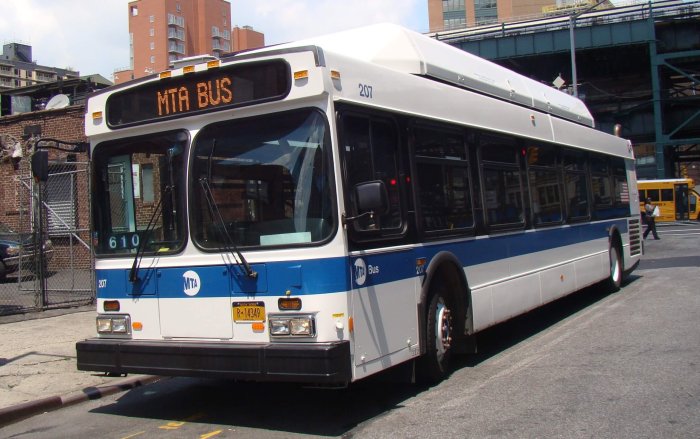By Michael Morton
“It's difficult because people have mistaken impressions about what native culture is about,” he said, referring to his goal of educating the crowd during the annual pow-wow and explaining that American Indians in the Southwest sometimes include requests for rain during prayer dances.
For 23 years the Thunderbird American Indian Dancers of Maywood, N.J. have used the museum's grounds for their event, an inter-tribal affair that attracts singers and dancers from across the nation and more than 10,000 spectators from a variety of backgrounds. This year's pow-wow included members of more than 50 tribes but just 6,400 fans due to the threat of rain, which only materialized on opening day. Although a downpour canceled Friday's festivities, Saturday and Sunday proved drier and enjoyable, if not a little muddy.
“We always have a good time when we come to Queens,” said Michael Rose on Saturday afternoon. Rose, a Cherokee from North Virginia, sat with his group, Cedar Tree, a collection of singers and drummers. For most of the day, Cedar Tree and two other groups took turns singing songs in American Indian languages as each troop sat around a large drum and collectively pounded on it. Their performances provided the background to the dancing, which took place in a large circle ringed by spectators sitting on hay bales and which ranged from communal participation with slow steps to judged competitions for individuals. Most of the dancers wore outfits composed of leather pieces, bright beads and feathers, and some of the ensembles jingled when moved.
Outside the dancing circle, merchants set up shop in a ring of food vendors and artists, with customers eating fry bread and buffalo burgers and buying turquoise jewelry and dream catchers as sage-scented smoke wafted by.
In a stand bannered the “Matinecock Tribe of Flushing,” Chief Little Fox took a break from explaining to customers the symbolism of the necklaces and bracelets he had created.
“My job is to keep my culture alive, try to teach the young,” said the leader of a 250-member tribe that along with the Rockaway tribe once inhabited all of Queens. “It's not easy.” Little Fox said the gathering at the Farm Museum served a purpose since “pow-wow means different tribes coming together as a family,” and “it shows we are still here.”
The idea for the modern inter-tribal pow-wow came into being after World War II, Mofsie said, with members of different groups mingling during their military service and then coming together later with the advent of air travel and the national highway system. With a different event every weekend, outdoor pow-wow season starts in March and ends in September, with the Thunderbird event now constituting a major East Coast stop.
Mofsie, who heads the Thunderbirds, said half of the event's profits goes to the non-profit Farm Museum and half goes to his group for college scholarships for American Indians from around the country. So far 500 grants have been awarded.
“That's what's it all about,” he said. “There's nothing sacred about it. There's nothing ceremonial about it- it's just a good time.”
Mofsie did try, however, to explain American Indian customs and culture to the diverse crowd as he gave commentary over the microphone, including discussions of the jingle dress dance and the grass dance. And besides the scholarships, the pow-wow plays an important role for American Indians, too.
Said Mofsie: “It's important because it's our connection to our traditions.”
Reach reporter Michael Morton by e-mail at news@timesledger.com or by calling 718-229-0300, Ext. 154.


































